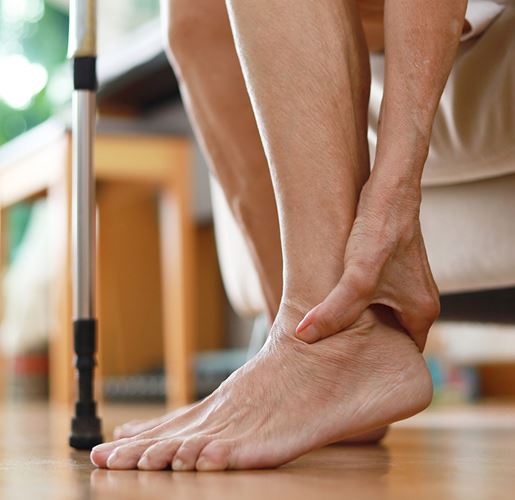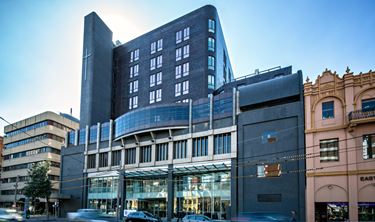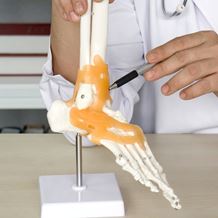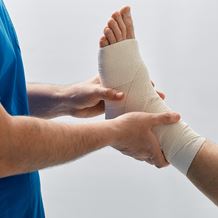Ankle Tendonitis
- Home
- Services
- Orthopaedics
- Ankle Orthopaedics
- Common Ankle Conditions
- Ankle Tendonitis
What is ankle tendonitis?
Ankle tendonitis usually occurs when the ankle tendons have been injured or irritated through repetitive movement or overuse. It can affect any of the tendons in the ankle, the largest and most common of which is the Achilles tendon that connects the heel to the calf muscle. Another common location for ankle tendonitis is the anterior tibialis tendon. This tendon lies at the front of the ankle and works with the muscle to flex the foot upwards. It can become inflamed and painful through injury and overuse, and if left untreated can be difficult to resolve.
The most common symptoms for ankle tendonitis are pain, swelling and stiffness. There is also a sense of weakness or instability, particularly with Achilles tendonitis. Peroneal tendonitis affects the two tendons that run down the outer side of the lower leg and along the foot. Increased load and overuse can cause irritation and pain when they rub up against the bone.
How is it treated?
Understanding the source of the pain can help to guide the ankle tendonitis treatment more effectively. When symptoms first occur, ankle tendonitis is generally treated with rest, ice, compression, elevation and pain relief. Ankle tape or an ankle brace can also help provide stability, support and compression after an injury, as well as reduce swelling and relieve discomfort. Talk to your doctor about the best type of tape or brace for your condition as some tapes are designed to restrict movement, whereas others will allow movement. If symptoms persist, your doctor may recommend ankle surgery such as an arthroscopy to remove any damaged tendon (debridement), or tendon surgery to repair large tears, replace damaged tendons or for tendon reattachment.
How long does it last?
Getting the right diagnosis and early treatment is key to making a good recovery from ankle tendonitis. It can take some weeks for the condition to settle down, but modifying activity and following non-surgical advice such as using orthotics or a custom brace, and following a physiotherapy program are the best way to speed up your recovery. If surgery is required, the recovery will depend on the extent of the procedure. This could range from 12 weeks to several months.

Other ankle surgeries and procedures
- Ankle Ligament Surgery
- Ankle Arthroscopy
- Suture Button Ankle Surgery
- Ankle Reconstruction Surgery
- Ankle Fusion
- Ankle Replacement Surgery
- Ankle Fracture Treatment
- Achilles Tendon Surgery
Common ankle conditions
Find a hospital with orthopaedic services
Our Hospitals



